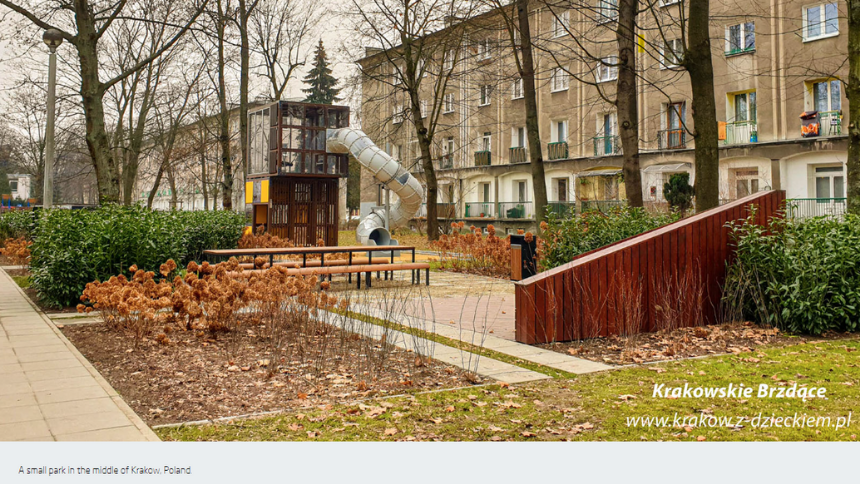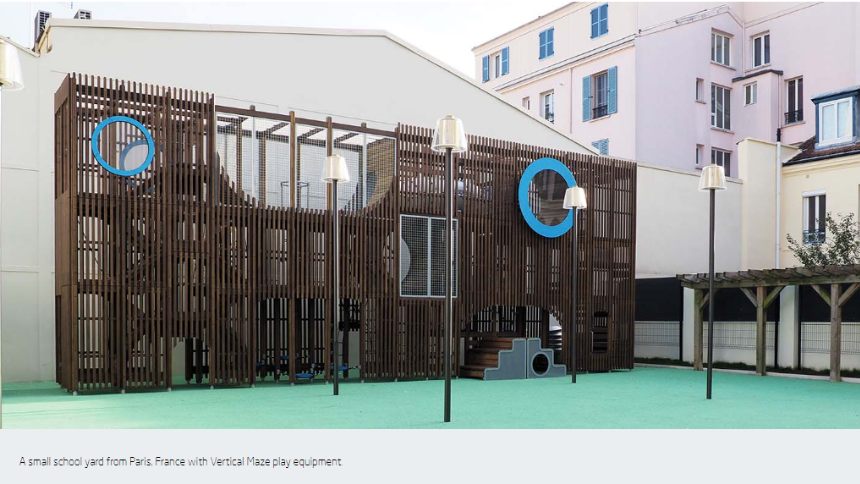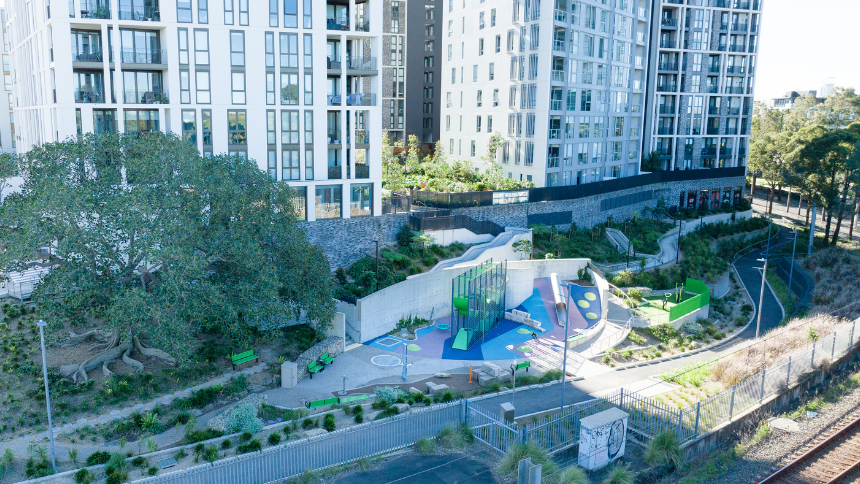
Is size really everything when it comes to designing parks and playgrounds?
It’s an oft-thought consensus that the more room you have the more fun you can pack into the space allowed; but what do you do when there’s limited space and you still need to create an attractive and engaging place for local residents to enjoy, despite its smaller footprint?
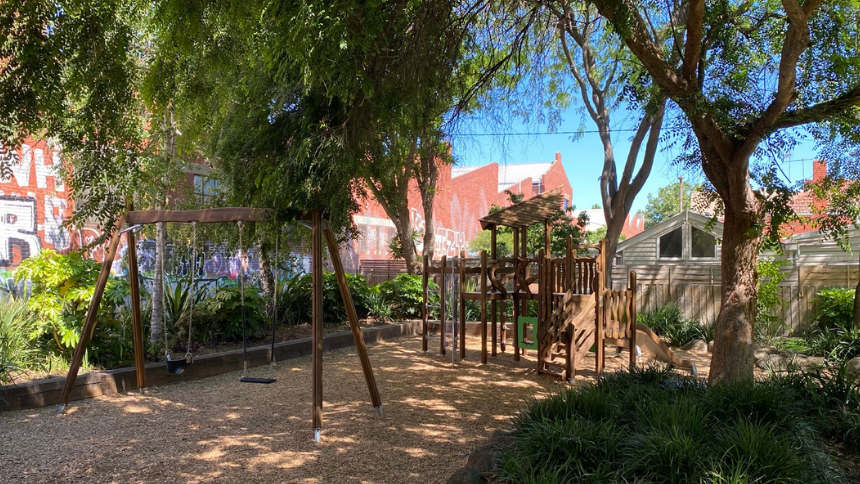
Say hello to the Pocket Park!
Pocket parks are small parks that are commonly accessible to the public.
First popping up in Europe after World War II, pocket parks were built more because of the scarcity of available resources, and not so much for their chic or design aesthetics. With many larger cities experiencing a rebuilding and reconstruction phase, building materials, funding and available labor were limited.
Many of these cities did their best to dig out of the rubble and construct small public parks in an effort to rejuvenate their neighborhoods and harken back to their more peaceful pasts. By the time the 1950s rolled around, pocket parks had made the jump across the Atlantic and began to pop up in larger cities up and down the east coast, like New York, Baltimore, and Philadelphia.
The smaller costs associated with these projects made them very attractive to communities and provided their residents with a petite oasis of tranquility and relaxation.
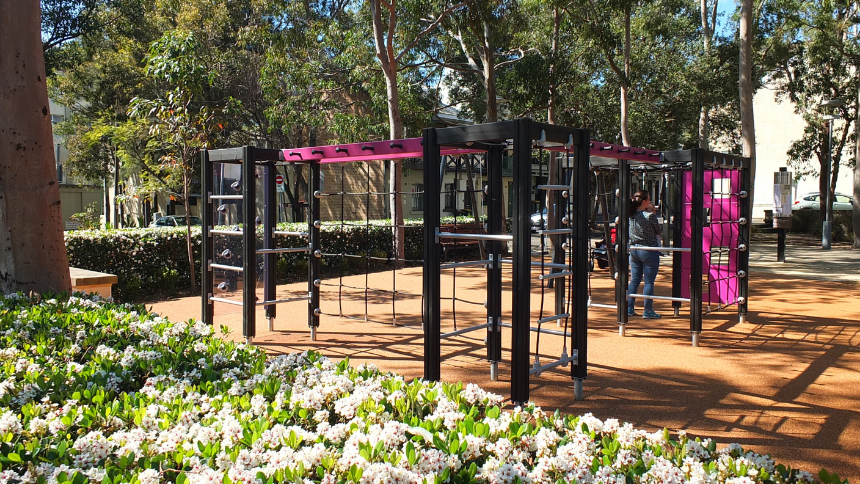
Pocket parks can be specifically planned or sometimes just happen as a happy coincidence. Abandoned, irregularly shaped lots are great candidates for these miniature masterpieces of landscape architecture, with many providing the ideal setting for local relaxation and enjoyment.
Due to their small size, pocket parks are more often than not intended to serve a rather hyperlocal population and purpose than a more sprawling park.
A pocket park in a business district may cater more to users as a place for them to enjoy their lunch or breaks at a variety of tables and benches, whereas a residential area’s pocket park may focus more on the children in the surrounding area and providing them with a structure upon which to play.
It’s common when taking these things into account, then for a pocket park to often receive a healthy amount of community input and feedback; providing users with a say in what they want in their park and how they want it to be configured.
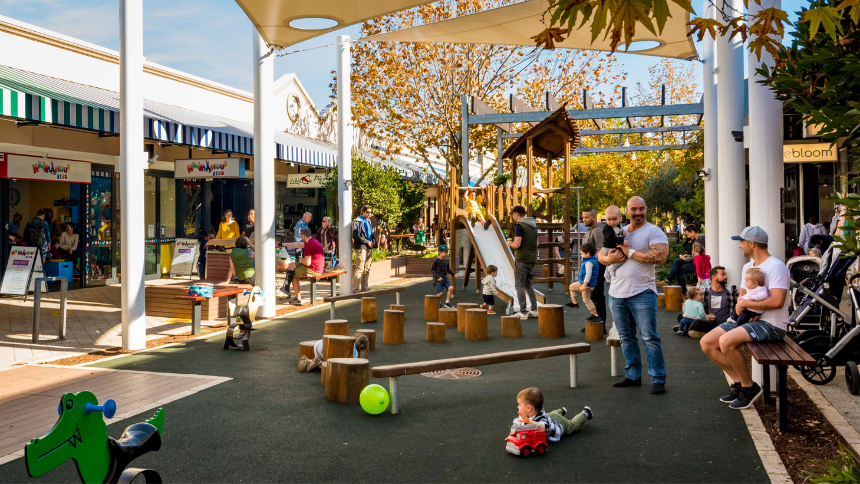
In addition to the social benefits, pocket parks also can provide ecological benefits; creating a green space or a sort of buffer zone that separates itself from the surrounding environment.
It’s not uncommon to see small ecosystems develop and thrive within pocket parks, often attracting a variety of urban wildlife.
Although they may be typically intended for human use, these pocket parks can often create a secure and welcoming setting for birds and other creatures.
They also can also relieve the environmental stress that is placed on larger parks, by helping to ease overcrowding.
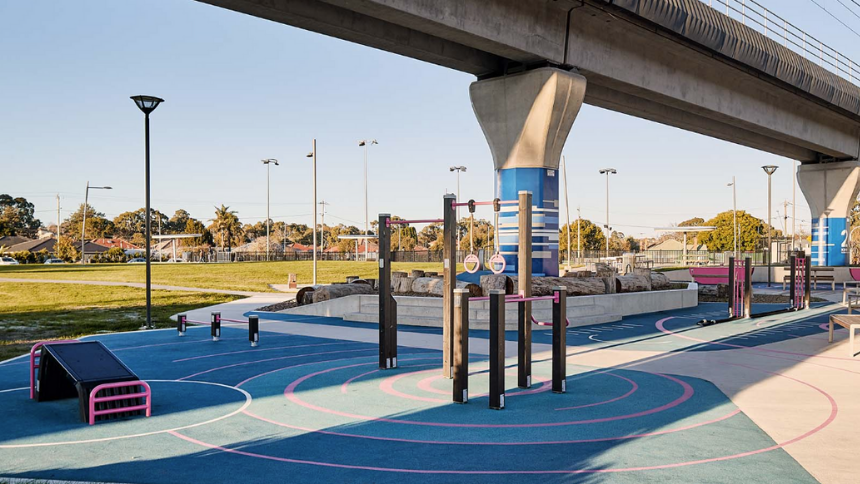
Although they aren’t technically a new product within the commercial park and playground industry, pocket parks are certainly trending in an upward direction.
Their environmental benefits, the economic potential to attract new businesses and residents and positive public health image has many local governments considering the creation of niche settings that are perfectly designed and constructed with the needs of its local users in mind.
With so many possibilities and potential, it’s easy to see why pocket parks are on the upswing across many urban centers of the world.
